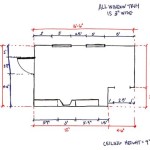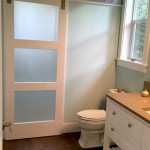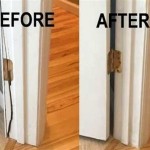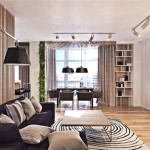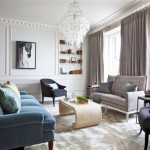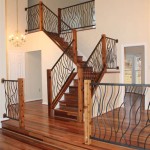Interior Design vs. Fashion Salary Comparison: Japan & Brazil
This article explores the salary expectations for professionals in the interior design and fashion industries, comparing the landscapes in Japan and Brazil. Understanding the financial potential of each career path in these distinct markets can be crucial for individuals considering these fields. Several factors contribute to salary discrepancies, including cost of living, market demand, experience level, and specific job roles within each industry.
Cost of Living and Market Demand
Both cost of living and market demand significantly influence salaries. Japan, with its high cost of living, particularly in major cities like Tokyo, typically offers higher salaries across various sectors, including design. Brazil, while experiencing economic growth, generally has a lower cost of living, resulting in comparatively lower average salaries. The demand for interior design and fashion professionals can fluctuate in both countries based on economic trends and consumer spending.
Experience Level and Job Roles
Entry-level positions in both interior design and fashion typically command lower salaries compared to experienced professionals. Senior designers, project managers, and those with specialized skills often earn substantially more. In the fashion industry, roles such as creative director or head designer are positioned at the higher end of the salary spectrum. Similarly, in interior design, established professionals with extensive portfolios and strong client bases can command premium rates.
Currency Exchange Rates and Purchasing Power Parity
Direct salary comparisons between Japan and Brazil require consideration of currency exchange rates. However, focusing solely on exchange rates can be misleading. Purchasing Power Parity (PPP) offers a more realistic comparison by accounting for the relative cost of goods and services in each country. While a salary in Japan might appear numerically higher, the higher cost of living might mean less disposable income compared to a seemingly lower salary in Brazil.
Interior Design Salary Expectations: Japan
The Japanese interior design market is driven by a blend of traditional aesthetics and modern influences. Experienced interior designers in Japan can expect competitive salaries, especially those working on high-end residential or commercial projects. Demand for sustainable and minimalist design is rising, potentially creating specialized, higher-paying opportunities.
Interior Design Salary Expectations: Brazil
Brazil's vibrant culture influences its interior design trends, with a focus on color, texture, and natural materials. While average salaries might be lower than in Japan, the growing real estate and hospitality sectors create ongoing opportunities for interior designers. Specialized areas like sustainable design or luxury residential projects could offer higher earning potential.
Fashion Salary Expectations: Japan
Japan's fashion industry is renowned for its unique blend of traditional craftsmanship and cutting-edge trends. Tokyo, a global fashion hub, offers opportunities for designers and other fashion professionals. Competition is intense, but successful individuals can command high salaries, especially within established fashion houses or luxury brands.
Fashion Salary Expectations: Brazil
Brazil's fashion industry is marked by its vibrancy and growing international presence. Designers often draw inspiration from the country's rich cultural heritage and natural beauty. While salaries might be lower compared to Japan, the burgeoning fashion scene provides opportunities for talented individuals. Success in the Brazilian market can lead to international recognition and potentially higher earnings.
Additional Factors Influencing Salaries
Beyond the primary factors discussed, other elements influence salary expectations. These include the size and reputation of the employing company, freelance versus full-time employment, and the specific city or region within each country. Networking and professional connections can also play a significant role in career advancement and salary negotiations.
Education and Skill Development
Investing in education and continuous skill development is crucial for maximizing earning potential in both industries. Specialized certifications, advanced degrees, and proficiency in relevant software can enhance a professional's marketability and command higher compensation. Keeping up with industry trends and technological advancements is essential for career progression in both design fields.

To The Sound Of Police Panasonic Announces A New Era In Brazil Adsofbrands Net

5 Best Countries For Fashion Designer Jobs In 2025 Leverage Edu

Architecture And Interior Design What S The Difference Immerse Education

Japan Vs Korea For International Students Differences Similarities Article

Architecture And Interior Design What S The Difference Immerse Education

Find S Best Fashion Courses Coursecompare Ca

Bachelor Of Interior Design Honours Program T320 George Brown College

Rum Dk 1 2025 Papercut

Heritage Inspired Strategies In Interior Design Balancing Critical Regionalism And Reflexive Modernism For Identity Preservation

5 Ways To Recognize Equal Pay Day Sforce
Related Posts


